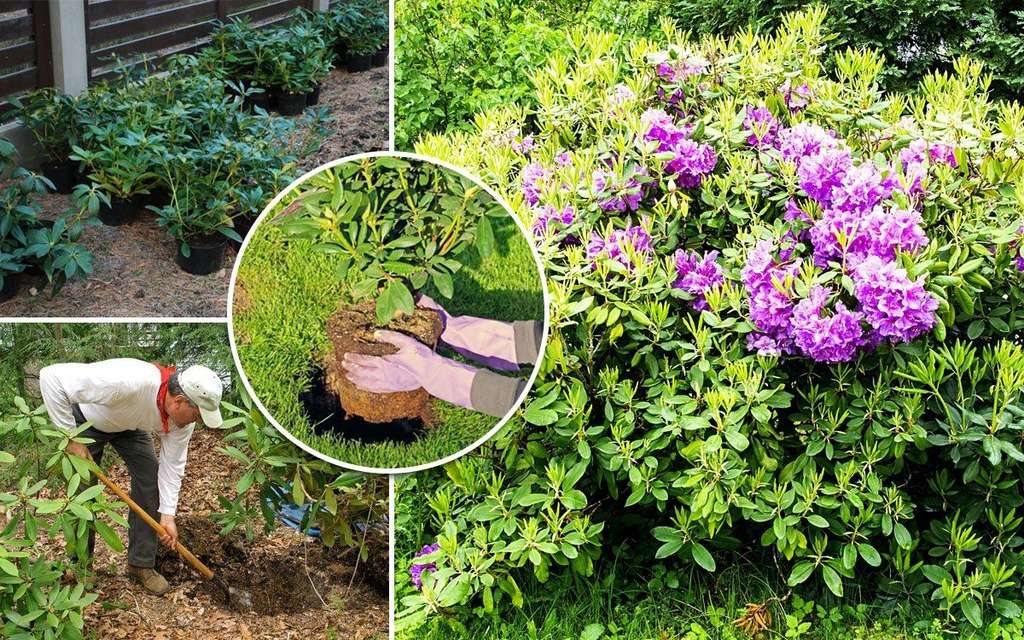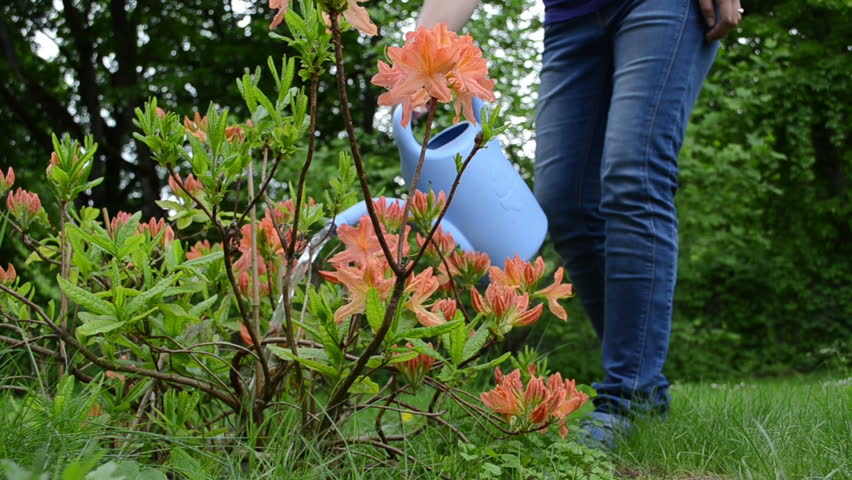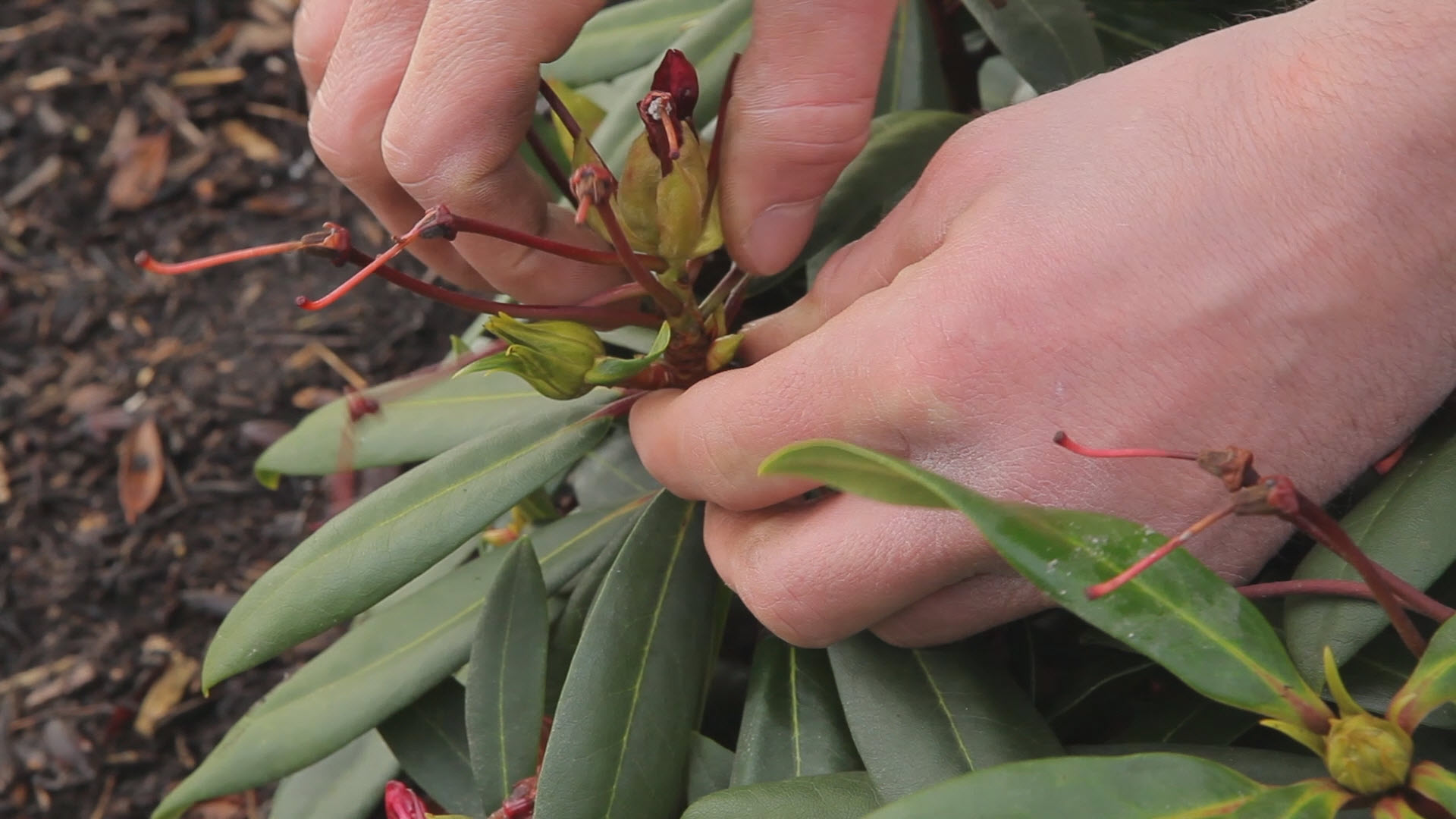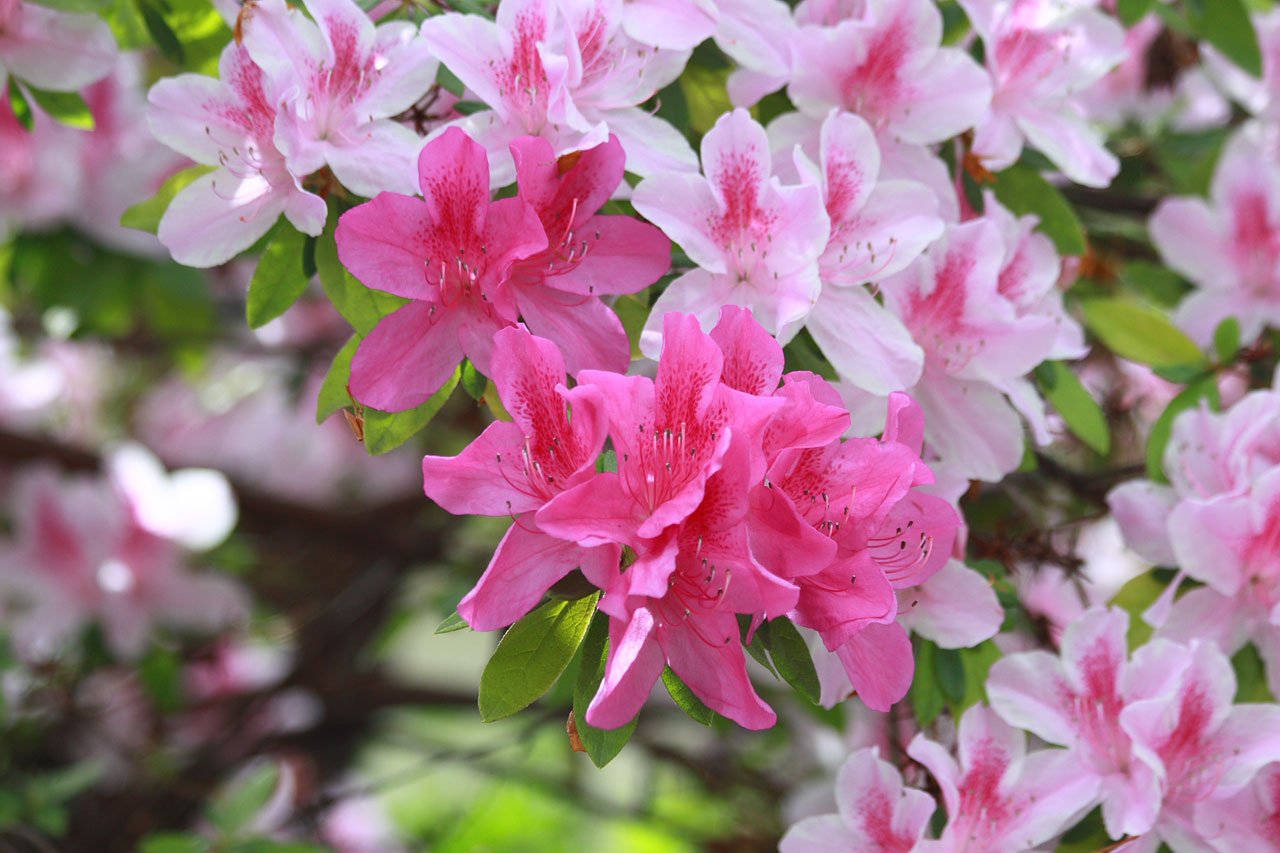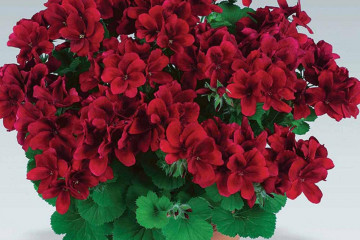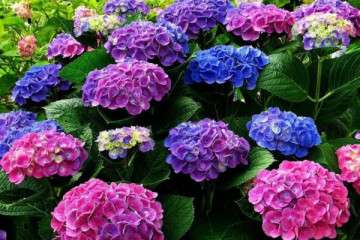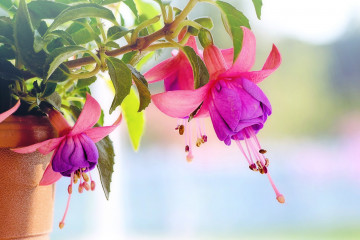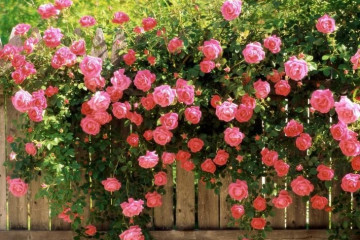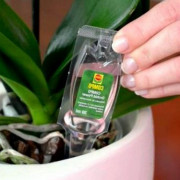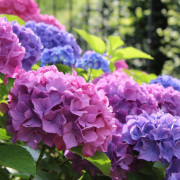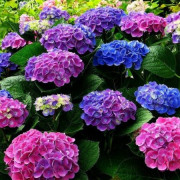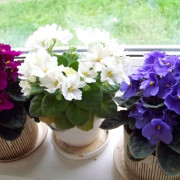How to feed rhododendron after flowering
Content:
The homeland of rhododendrons is the Mediterranean. Flowers are accustomed to a cool and humid climate, so those who breed them in mid-latitudes tend to create familiar conditions for them. Rhododendrons are very popular among gardeners. In summer cottages, these spring flowers can be found in the gardens of most summer residents. Attracted by the beauty of the tone of flowers, the abundance of flowering. Their main flowering period lasts from May to June.
To achieve the desired result, gardeners feed rhododendrons. This happens in August. Various preparations are used as feeding elements. The correct choice of a drug that stimulates the growth of rhododendrons is the key to their lush flowering, decorating the garden.
When do you need additional feeding
If the soil is too weakened and the flowering of rhododendrons no longer has its former splendor, additional feeding of rhododendrons is added to the main preparations. The reasons for their use may be flower diseases, decay of plant roots, and leaf fading.
Top dressing of rhododendrons after flowering
In addition, the growth of rhododendrons can be stimulated by various types of fertilizers that are not included in the main composition of the preparations. The following types of additional dressings are known:
- Zircon. The addition of this drug will help the plant quickly adapt when transplanting;
- Epin. The drug is used in the spraying process. It is an effective anti-stress drug for rhododendrons;
- Eco-gel antistress. High performance liquid;
- Ferovit. The drug works well on a plant prone to chlorosis.
- Emerald. It is used if the foliage has become brown and faded. The healing effect that rhododendron receives returns a rich green color to its foliage;
- Fitosporin-M. Top dressing with this drug is carried out in order to form immunity to the disease in plants. What is very important, the drug acts on the root system, preventing its decay.
Basic feeding rules
When planting rhododendrons, gardeners are advised to adhere to certain rules.
Those who want to have such a decoration in their garden need to take into account several simple requirements.
- it is necessary to choose the right way to fertilize rhododendrons and in what form. For young bushes, for example, fertilizers are recommended to be used in liquid form;
- the root system absorbs a liquid fertilizer solution better;
- preference should be made towards the domestic manufacturer. The preparations produced in Russia are designed for the local conditions of plant germination;
- you need to know about the dangers of wood ash. Its application changes the acidity of the soil, developing chlorosis in plants;
- with an excess of phosphorus in the soil, poor absorption of iron occurs, which also leads to chlorosis. This has a particularly negative effect on young seedlings.
Fertilizers for rhododendrons
There are two main types of fertilizers used: organic and mineral types. Gardeners make their choice based on their own preferences.
Organic Rosewood Fertilizer
Rosewood is also called indoor Azalea. It is a rhododendron, representing the heather genus. Organic matter is used for it in liquid form. A solution is made. Mullein is diluted in water in a proportional ratio of 1 liter to 20 grams. The composition is removed in a dark place and insisted there for 7-10 days. Then they filter and water. It is important to know how to water a rhododendron. In order for the composition to be absorbed into the soil faster, it should be moistened before watering. Fertilizer is applied not directly at the place of plant germination, but at a distance of 25 cm from the shoots.
Mineral dressing
Mineral feeding of rhododendrons is carried out in August. Special combined preparations are needed that do not affect the acidic state of the soil.
It is recommended to use domestic products. Foreign manufacturers of fertilizers produce their products taking into account their own climatic conditions and soil conditions.
The main components in imported drugs have some differences in type and quantitative composition. You should not completely abandon them. In the spring, when deciding how to feed the rhododendron, you can take imported fertilizers. With the onset of autumn, domestic mineral fertilizers are taken for rhododendrons.
Fertilization chart
First of all, it is necessary to clarify that if the soil was prepared in advance for planting seedlings and acted according to all agrotechnical rules, then fertilizing the flowers in the first year after planting is not required.
Further, in the second year, the distribution of feeding rhododendrons follows the scheme developed by specialists:
- the first feeding is carried out during the ripening of flower buds, at the moment when the leaves begin to bloom. You can use Azofoska - a compound of nitrogen, potassium and phosphorus. For feeding, choose the middle of spring. Caring for rhododendrons in the spring and feeding them is considered an important step. The composition is taken so that 20 grams is enough. under each bush. The fertilizer is placed under the root. After 15 days, organic matter is added in the form of a solution or ammonium nitrate;
- for the second feeding, you need to wait until the buds begin to bloom. After the first feeding, it takes from 1 to 1.5 months. Fertilizer is not changed, the same Azophoska is used. In a rhododendron, branches become stronger, which is important for maintaining healthy plant growth during this period;
- the third feeding is done at a time when the flowers have already wilted. In time - this is summer, the end of July. At this time, the plant is fertilized with compounds endowed with potassium and phosphorus. This is the calculation for a new flowering next year. The best option for the third feeding can be considered potassium sulfate 20 gr. and superphosphate in the same amount.
Experts, when asked how to feed the rhododendron after flowering, recommend a potassium-phosphorus composition;
- the fourth feeding falls in the fall. Rhododendrons are prepared for winter, so certain rules must be followed in order to give the plant more supporting forces. Only potassium-phosphorus fertilizer is used, thorough watering. At the end, the root system of the rhododendron is covered with spruce branches. Coniferous needles are used for the powder.
Popular fertilizers
The most effective feeding for rhododendron, according to experienced gardeners, is a mixture with a potassium-phosphorus buffer composition. Here are all the trace elements necessary for the soil.
Long-lasting formulations are taken to gradually nourish flowers in a certain period of time with a single application. The following fertilizers are in demand
- Pokon. Gardeners use the drug when young seedlings are planted. It is a spring feeding, it gives an effective result;
- ASB-Greenworld. This remedy is preferred by ornamental vegetation. Suitable for flowers if the place of their growth is an acidic environment. The drug stimulates growth, develops culture, accelerates budding. The deciduous color is improved. The tone of the flowers becomes more saturated. According to the instructions, fertilizer for rhododendrons is used every 3 months;
- Agrecol. During planting, 10 to 50 g of fertilizer is sufficient. The amount depends on the size of the seedling. Adult plants are fed with granules, which are laid in the soil under the bush and then watered abundantly.
What happens if you stop fertilizing rhododendron
The answer to this question is quite simple. At first, rhododendron develops on soil containing mineral elements. It blooms beautifully and emits a pleasant aroma. Then they stop fertilizing the soil. Nutrients are gradually depleted. The acidity of the soil decreases. The plant loses its decorative appearance, gets sick and, with the most negative result, dies.
Thus, flower beds in gardens are designed to please, create spiritual harmony. But to achieve this, it is worth the work. Growing rhododendrons, gardeners must take into account the needs of the plant, its whims. Only then will it endow them with its bright flowering, splendor, aroma.
